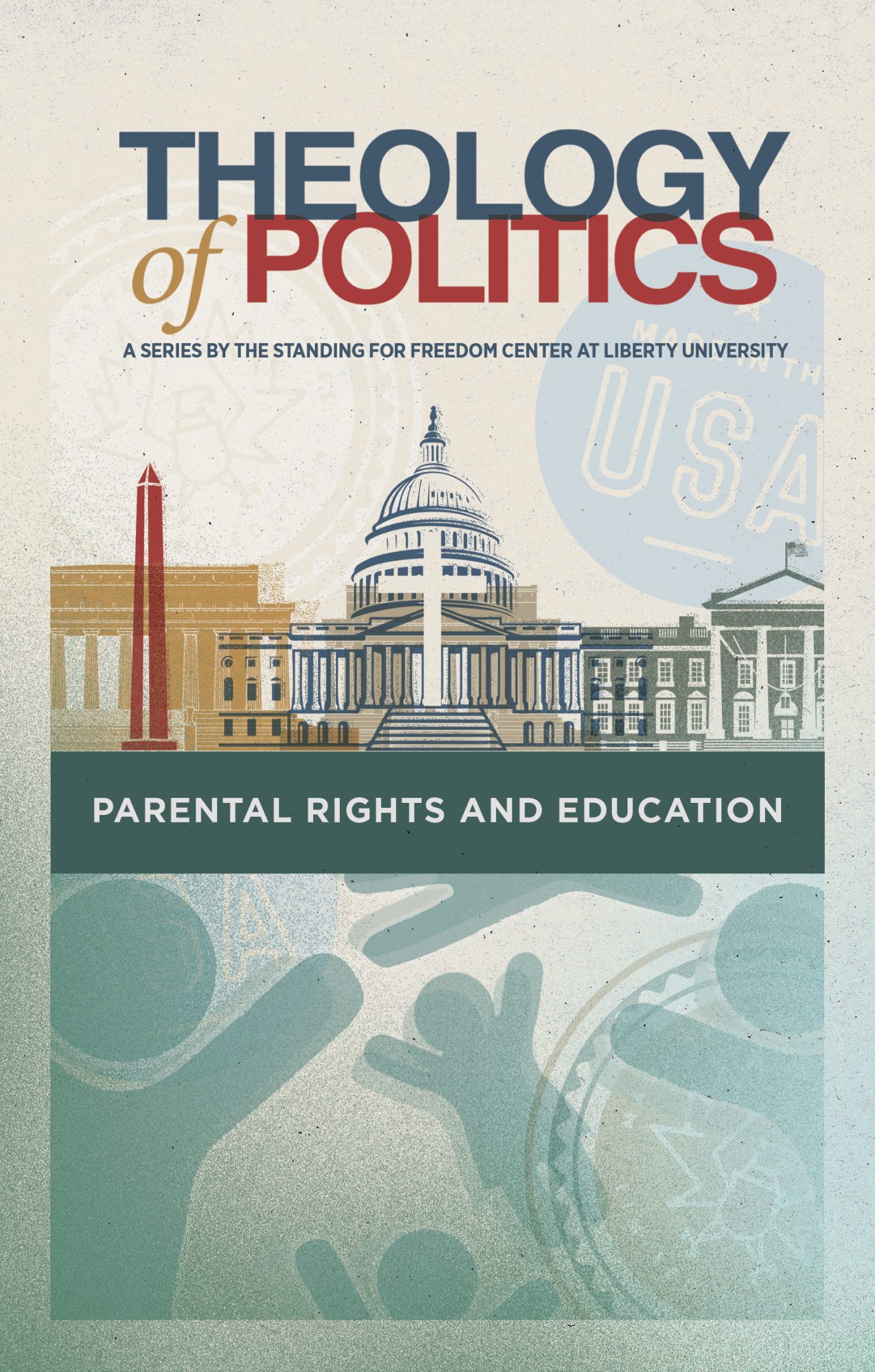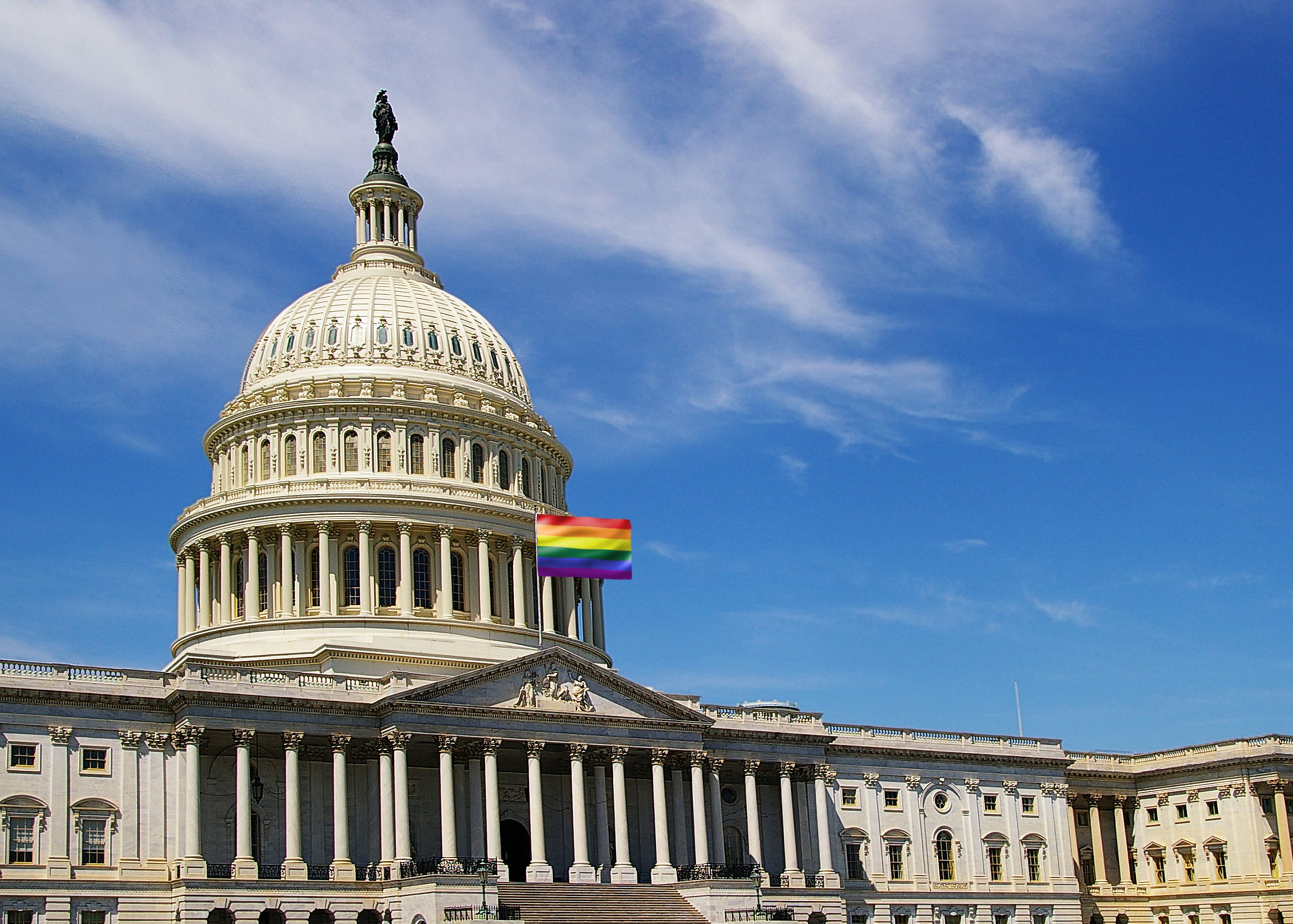


Get a free copy of Parental Rights & Education when you subscribe to our newsletter!

“And with that the pro-life movement, the country, and countless preborn and yet-to-be-conceived babies dodged a bullet — for now. Had the resolution passed, the ERA would likely have become our 28th Amendment and would literally have been the nail in the coffin of the pro-life movement.”
–REAGAN ESCUDÉ SCOTT
It didn’t get a lot of play in the media, but last week, the post-Roe pro-life movement was nearly derailed.
Senate Majority Leader Chuck Schumer, D-N.Y., made moves last week to pick up where the 1972 U.S. Congress left off in pursuing ratification of the amendment, but fortunately, Senate Republicans blocked the effort, resulting in the second failure in history of what would have been the 28th Amendment to the U.S. Constitution.
How could an amendment that simply calls for equality between the sexes have restored a national abortion standard? Well, that’s where it gets interesting. But first, we need a lesson in civics and history.
The ERA has been around for exactly one century. Following the 1920 adoption of the 19th Amendment, which gave women the right to vote, feminists believed that the next logical step would be to codify gender equality into the Constitution. The ERA was introduced to Congress in 1923 by suffragists Alice Paul and Crystal Eastman for this purpose. It stated:
“Men and women shall have equal rights throughout the United States and every place subject to its jurisdiction.”
In effect, it sought to end legal distinctions between men and women with regard to divorce, property, employment, and other matters, officially giving women equal privilege and responsibility in the civic sphere.
In the 1940s, the ERA resurfaced when both the Republican Party and the Democrat Party included it in their respective platforms. In the years ensuing, the amendment was introduced in every session of Congress, but it wasn’t until 1972 that it actually gained ground among legislators.
Female lawmakers, including U.S. Reps. Martha Griffiths, D-Mich., and Shirley Chisholm, D-N.Y., pressed their colleagues to make the legislation top priority, despite resistance from the chairman of the House Judiciary Committee. The revised text of the amendment now read,
“Equality of rights under the law shall not be denied or abridged by the United States or by any state on account of sex. The Congress shall have the power to enforce, by appropriate legislation, the provisions of this article.”
In March of 1972, the amendment passed both the House and the Senate with overwhelming bipartisan support. The amendment was then sent to state legislatures for ratification.
In order for an amendment to be officially ratified, the Constitution requires that the amendment is not only passed by a two-thirds majority of both the House and the Senate but also by three-fourths of the states — within the timeframe allotted by the amendment. In the case of the ERA, 38 states had to ratify the amendment within seven years.
And that’s where it got hung up. In short order, 30 of the 38 states voted in favor of it, but conservative activists soon began to push back.
One conservative activist and lawyer, Phyllis Schlafly, argued — prophetically enough — that the amendment would open the door for gender-neutral bathrooms, same-sex marriage, and women in military combat, among other concerns.
The opposition was successful, and by 1977, only 35 states had ratified the ERA. To make matters worse for those championing the ERA, Congress held a vote to extend the ratification deadline by an additional three years, but no new states agreed to ratify the measure. In fact, five states — Nebraska, Tennessee, Idaho, Kentucky, and South Dakota — rescinded their support.
Since then, three additional states, Nebraska in 2017, Illinois in 2018, and Virginia in 2020, have voted to ratify the ERA. If not for the seven-year deadline, the 38-state requirement would have been met.
Critics of the amendment say that the legislation is unnecessary at this point, given the 14th Amendment, which gives all citizens equal protection under the law, the Equal Pay Act, and the Pregnancy Discrimination Act. There are also concerns about the amendment subjecting women to a military draft.
Nonetheless, Sens. Lisa Murkowski, R-Alaska, and Ben Cardin, D-Md., worked together on a resolution to remove the ERA deadline altogether and give the National Archivist the go-ahead to publish the amendment in the Federal Register. If the deadline had been removed, the ERA would have been considered officially ratified as of January 27, 2020, when the 38th state formally signed on.
Schumer commented on the importance of removing this deadline in hopes of enshrining the ERA into the Constitution exactly one century after it had been introduced, stating,
“In this ominous hour of American history, the Equal Rights Amendment has never been as necessary and urgent as it is today. Recent events like the Supreme Court’s horrible Dobbs decision, uncertainty with critical care drugs like Mifepristone, and a slew of proposed state actions have women in this country facing an uncertain future.”
And that, it turns out, was exactly what ERA proponents have always wanted: An avenue to enshrining the right to abortion into the Constitution, not because of a right to “privacy,” as Roe had wrongly justified, but through a right to equality.
In fact, just after the Dobbs decision was leaked and it became clear that Roe would be overturned, attorney Kate Kelly wrote an opinion piece in the Los Angeles Times in which she explicitly called for Congress to put the dusty old amendment back on track: “Finalizing the ERA is the clearest path forward for abortion rights,” she stated.
Emma Waters, a pro-lifer with the Heritage Foundation, also saw it coming, warning,
“For those who want to protect the lives of unborn babies, opposing this resolution stripping the expiration date from the Equal Rights Amendment is the right place to start. Lawmakers must stand firm against those in favor of ratifying the ERA. It’s ‘right’ to kill an unborn baby is no right at all.”
Waters cited the state of New Mexico’s 1972 ratification of an equal rights amendment to its state constitution as the blueprint for the national strategy. Like the federal amendment, New Mexico’s ERA used simple, almost benign language: “Equality of rights under law shall not be denied on account of the sex of any person.”
In 1998, though, the New Mexico Supreme Court suddenly “discovered,” after more than 25 years, that the state-level ERA secured not only a woman’s right to abortion but also a right to taxpayer-funded abortion.
Writing for the 5-0 majority, Justice Pamela Minzer described pregnancy as a “gender-linked condition that is unique to women,” and found that the state’s Medicaid program disfavored abortion as a treatment for pregnancy over actually birthing the child. She added, “We can find no provision in the Department’s regulations that disfavor any comparable, medically necessary procedure unique to the male anatomy.”
As Douglas Johnson, former federal legislative director for National Right to Life, pointed out,
“These five judges in effect ruled that the state may not recognize any difference between a man’s enlarged prostate gland and an unborn child. By that cold-blooded logic, even restrictions on late-term abortions or parental consent laws would be a form of illegal sex discrimination.”
And that’s where the entire U.S. would likely have been headed, effectively negating every single abortion ban or restriction that’s been implemented since the Dobbs decision.
Fortunately, though, the Senate vote to adopt the resolution failed 51-47, just 9 votes shy of the 60 needed to formally take up the measure.
And with that, the pro-life movement, the country, and countless preborn and yet-to-be-conceived babies dodged a bullet — for now. Had the resolution passed, the ERA would have likely been our 28th Amendment and would literally have been the nail in the coffin of the pro-life movement.
It is only by the grace of God that this resolution didn’t pass. No doubt, the pro-abortion movement will be back again with some new strategy to put U.S. abortion laws on par — if not beyond — those of China and North Korea.
But for now, the pro-life movement can, and must, carry on the fight to save the preborn: praying, educating, admonishing, supporting, loving, and following Colossians 3:17, which reminds us that “whatever you do, whether in word or deed, do it all in the name of the Lord Jesus, giving thanks to God the Father through him.”
Ready to dive deeper into the intersection of faith and policy? Head over to our Theology of Politics series page where we’ve published several long-form pieces that will help Christians navigate where their faith should direct them on political issues.

Notifications